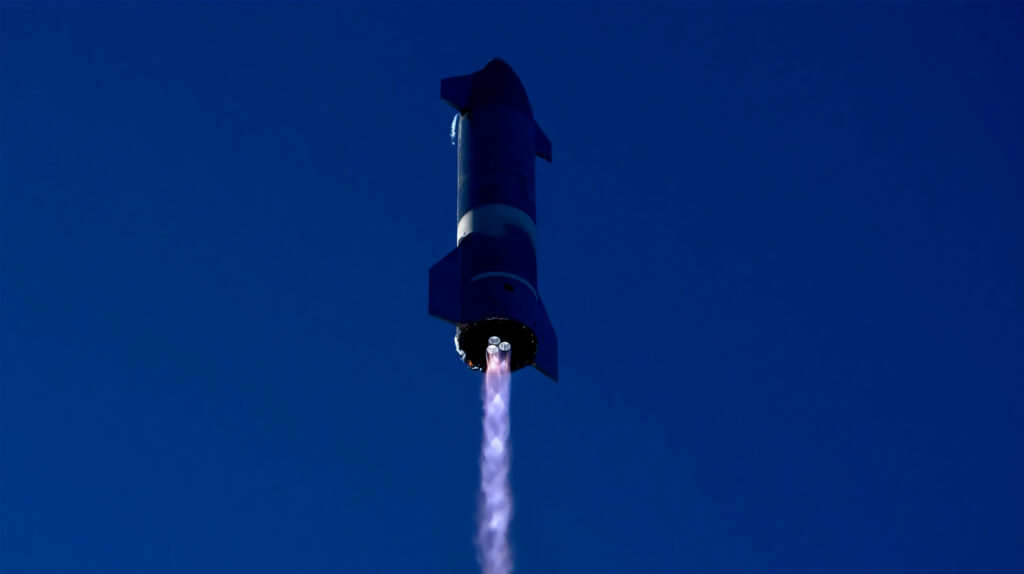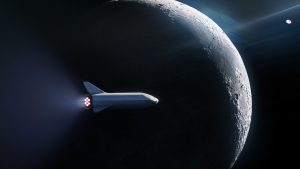
SpaceX made history yesterday, successfully launching their large new rocket, Starship, up into the atmosphere. The rocket performed a flip in the air and returned to the Earth. However, while the rocket should have landed intact like its smaller Falcon 9 series did, the landing was hard and the spaceship exploded upon landing. Even so, SpaceX called the test flight, in which they had doubts about the survivability of the rocket at all, a resounding success with data and learnings captured every moment of the historic uncrewed flight.
Watch Starship high-altitude test live → https://t.co/Hs5C53qBxb https://t.co/sEMe4firi6
— SpaceX (@SpaceX) December 9, 2020
The stunning launch occurred at Boca Chica, Texas—the primary site of Starship’s development site south of South Padre Island near the U.S. / Mexico border. The eighth prototype of the rocket, which will stand taller than the Space Shuttle in its final version, was nicknamed SN8. After launching from Texas, SN8 rose for about five minutes, then cut off its engines and tipped sideways, providing the ground with a view of the bottom side of the unusual looking rocket. Completely horizontal, the rocket intentionally fell to increase the spacecraft’s surface area—and air resistance—to slow its downward plunge. After about 90 seconds of silent free-fall, the engines roared to life, righting the rocket and aiming its base back at the launchpad. However, rather than simply land like other SpaceX rockets do, the rocket appeared to hit the pad a bit too hard, erupting the site into a ball of flames.

“Fuel header tank pressure was low during landing burn, causing touchdown velocity to be high & RUD, but we got all the data we needed!” Musk said in a tweet. (RUD stands for “Rapid Unscheduled Disassembly,” or, in layperson terms, a rocket explosion.)
After the crash landing, Elon Musk Tweeted, “Mars, here we come!!”
In 2018, Musk unveiled his plans for this rocket, which he originally called “BFR” or “Big Falcon Rocket.” At that time, he planned to fly this new spacecraft around the Moon by 2023 and eventually use it to shuttle passengers to the Moon, Mars, and beyond. Unlike the U.S. Space Shuttle or the existing SpaceX Crew Dragon capsule, SpaceX’s latest rocket is designed to carry 100 passengers at a time, much like a small commercial jet does today between two Earth cities.